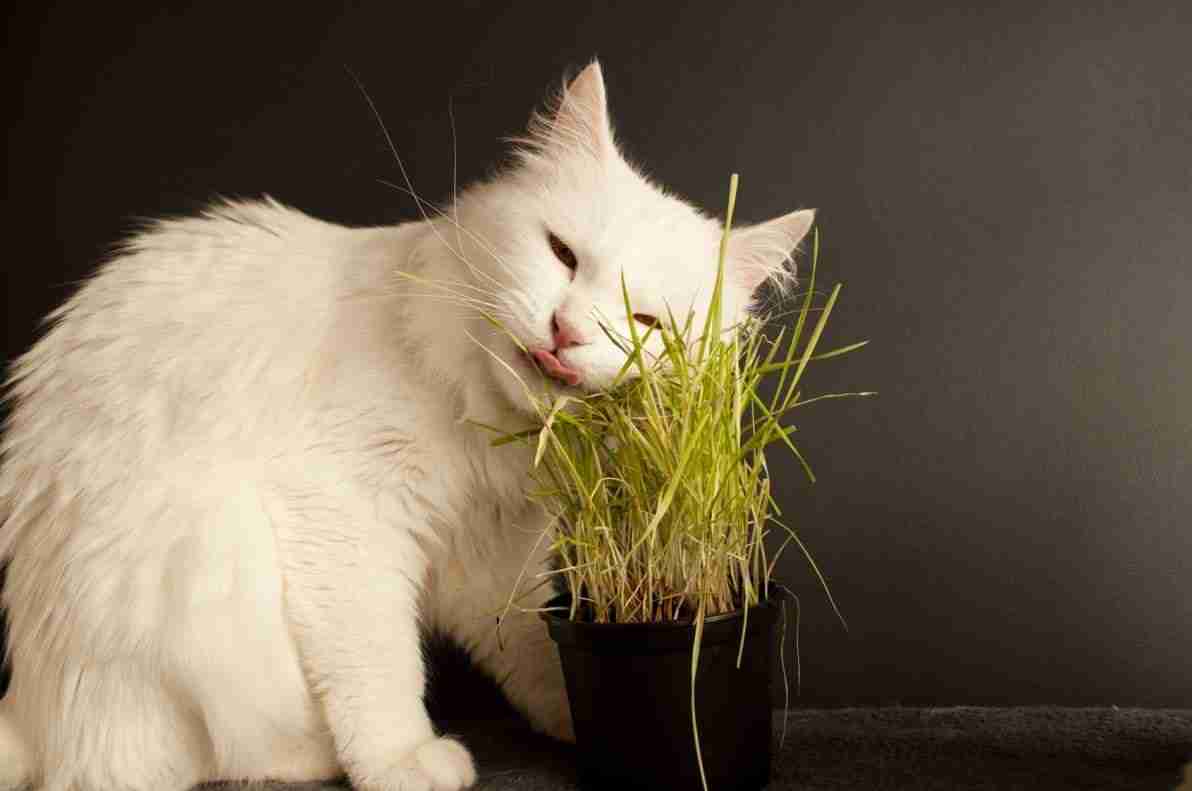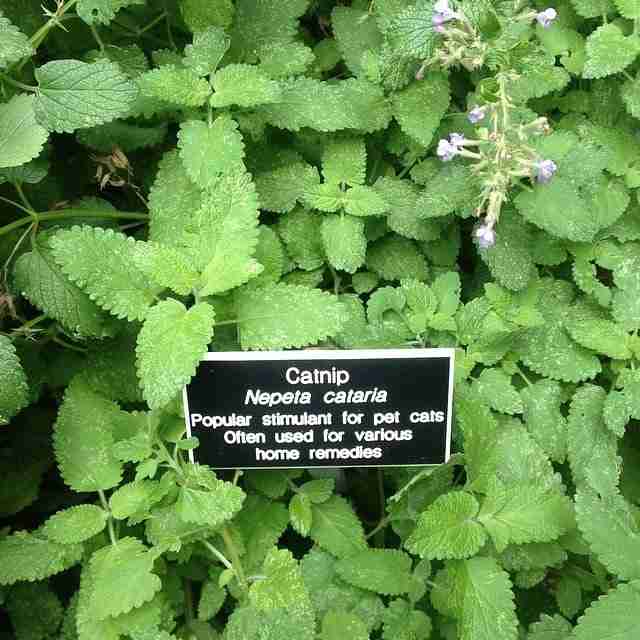Catnip: what is it? And how does it affect cats?




Cats are rarely taken on holiday for the obvious reasons. But you might find the occasional “holidaying cat” on campsites or in holiday homes, who are flexible and more...
By Sonia Campa
Cats are all different, and there are no two alike!"
This is a phrase that cat lovers often use which has, indeed, a basis of truth: cats, also because...
By Sonia Campa
In the editorial where I dealt with the theme of creating spaces (internal and external) for your cat in the home, I also...
from Sonia Campa
The topic of cat adoption has many facets worthy of analysis in itself and is so vast that when I try to deal with it, I shake like an eel in the hands...
Practical advice from the clinic